Dividing & Transplanting Irises: A Step-By-Step Guide
When well cared for, iris plants will need divided on a regular basis. Learn how to do it right here.
Amy Draiss
With over 100 varieties of irises, there are many colors, petal shapes, and levels of showiness you can choose from. After finally deciding and planting your iris, you may find that you put your plant in the wrong spot. Or, you may need to divide your iris and transplant the babies elsewhere. Transplanting an iris is a routine part of its care, but many gardeners don't know when or how to move it to a different space. Keep reading to learn the answers to these questions and more!
Bearded vs. Siberian
First, you should determine whether you have a bearded or a Siberian iris. Both bearded and Siberian irises are excellent additions to the home landscape, but each have different needs. While bearded irises are best known for their large, colorful blooms, Siberian iris types have long been praised for their ease of growth and ability to multiply quickly. Large beds of these species will continue to bloom, even after becoming crowded. Bearded iris will generally require division on a much more frequent basis to keep the plants looking their best.
Signs You Need to Divide an Iris
Learning when to transplant irises will vary depending on the type, but most will show many of the same signs when it is time for division. Large groups of plants will produce impressive mounds of foliage. Though these leaves can be quite beautiful, beds that have become too crowded may see a decline in overall health. For example, the rhizomes may start heaving out of the ground. Overcrowded iris rhizomes will push on each other, which results in the entire root system literally pushing themselves out of the ground.
Decreased flowering will also be a key signal that plants may need to be lifted from beds. If you check the roots, they may look like a mass of snakes or a pile of spaghetti, which is a sign that they must be divided.
When to Divide & Transplant Irises
Determining when to divide irises can be difficult for beginner growers. Digging out the plants in spring or fall may be tempting, but doing so may interrupt their natural growth cycle. It's best to wait until the flowers have finished blooming, which makes mid-late summer the ideal time to divide clumps. Learning more about this process and about transplanting irises back into the garden will be essential in helping perennial beds to thrive season after season.
How to Divide Irises
- Dig - Irises multiply through the production of underground rhizomes. Each of these structures must be removed from the ground and separated to divide the plants. This can be done with the use of a garden spade or fork.
Working in a circular motion around the perimeter of each plant, start by lifting the clump of iris plants out of the ground. If possible, lift the whole mass out whole, but if you can't do this, carefully break the clump into smaller parts and lift these out. Excess dirt should then be knocked free or rinsed from the plant, giving a clear view of the root mass. - Divide - Dividing irises begins next. While some rhizomes can be easily separated by hand, others may require a clean, sharp garden blade or bypass pruners to cut each apart carefully. Each iris rhizome should be divided into pieces that are 3 to 4 inches (8 to 10 cm) long and consist of a few essential parts: at least two blades of healthy foliage and a small segment of root ball.
- Discard Unhealthy Rhizomes - Though uncommon, you may encounter rhizomes that look weak or show noticeable signs of disease. Healthy rhizomes should be firm, not soft, and lacking noticeable cuts, spots, etc. Unhealthy rhizomes include those that have rotted, decayed, or been damaged by insects. These rhizomes should be removed from the garden and disposed of immediately.
Diseased rhizomes should never be added to the compost pile. This will help to prevent the recurrence and spread of disease within iris beds. If you have any sections of rhizome that have no leaf fans. These can be discarded as well. - Trim Foliage - You should trim back plant foliage before or after division. This can be done by clipping each leaf back to approximately one-third of its height. Trimming back leaves at this time will help keep new plants healthy and aid in their preparation for the winter season.
How to Transplant an Iris
- Choose a Location - Iris transplants will grow best in full-sun flower beds, receiving at least 6 to 8 hours of light daily. Adequate sunlight will be vital to the production of flower buds. While irises grown in exceptionally warm climates will benefit from afternoon shade, too much shade may negatively impact their growth, resulting in decreased or complete loss of flowers.
- Prepare the Rhizomes and Soil - Once the iris rhizomes have been divided, you can replant them. First, trim the leaf fans back to about 6 to 9 inches tall (15 to 23 cm). This will allow the plant to re-establish its roots without having to support a large amount of foliage.
Irises require well-amended growing beds with high soil fertility. The addition of compost and other organic matter is common. Particular emphasis should also be placed on drainage, as irises cannot tolerate waterlogged soils or drain poorly. These plants are quite adaptable to growing in raised beds, containers, and pots. - Don't Plant Too Deep - At planting, special attention should be given to depth. Rhizomes planted too deeply may struggle to establish themselves within new beds, resulting in decreased production of flowers. Make sure to position your plants so that the top of each rhizome sits just below or at the soil level.
If planting several irises near each other, point the rhizomes away from each other and space them 18 inches (46 cm) apart. Spread the roots out around the rhizome and then cover the roots and the rhizome with dirt.
Post-Transplant Iris Care
Once situated in the garden, new iris plants require little care. Watering beds deeply after planting promotes growth and the production of new roots. Establishing a robust, healthy root system will be essential for each plant’s winter preparation. Though your irises may start making new leaves after being transplanted, they should still be trimmed back in autumn.
Gardening tips, videos, info and more delivered right to your inbox!
Sign up for the Gardening Know How newsletter today and receive a free copy of our e-book "How to Grow Delicious Tomatoes".

Heather Rhoades founded Gardening Know How in 2007. She holds degrees from Cleveland State University and Northern Kentucky University. She is an avid gardener with a passion for community, and is a recipient of the Master Gardeners of Ohio Lifetime Achievement Award.
- Amy DraissDigital Community Manager
-
 Ultimate Potted Flowers For Spring: 8 Brilliant Blooming Options for Spring Containers
Ultimate Potted Flowers For Spring: 8 Brilliant Blooming Options for Spring ContainersCelebrate the most uplifting of seasons with the most dazzling container flowers imaginable. Here, we present some of the loveliest potted flowers for spring…
By Tonya Barnett
-
 Never Use Homemade Compost Until It Passes This Simple Radish Test
Never Use Homemade Compost Until It Passes This Simple Radish TestThe radish test is a foolproof trick for knowing whether your homemade compost is ready for planting – or if it could harm the health of your plants.
By Mary Ellen Ellis
-
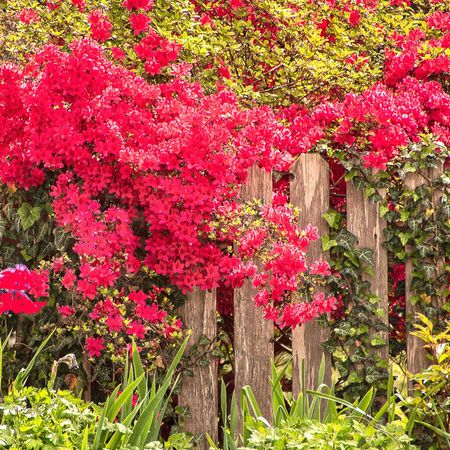 Spectacular Early Blooming Shrubs: 6 Sparkling Spring Flowering Bushes
Spectacular Early Blooming Shrubs: 6 Sparkling Spring Flowering BushesWant to kickstart your gardening year with dazzling spring flowering bushes for beds and borders? These unique early bloomers are sure to help you rise and shine!
By Teo Spengler
-
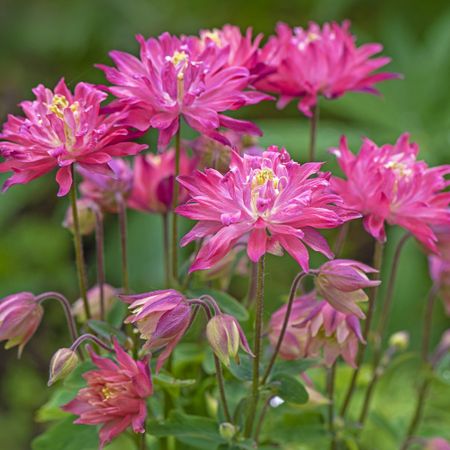 7 Shade-Loving Flowers To Start From Seed Now For A Stunning Summer Garden
7 Shade-Loving Flowers To Start From Seed Now For A Stunning Summer GardenTurn shady spots into vibrant new garden spaces with lovely and illuminating shade-loving flowers.
By Ellen Wells
-
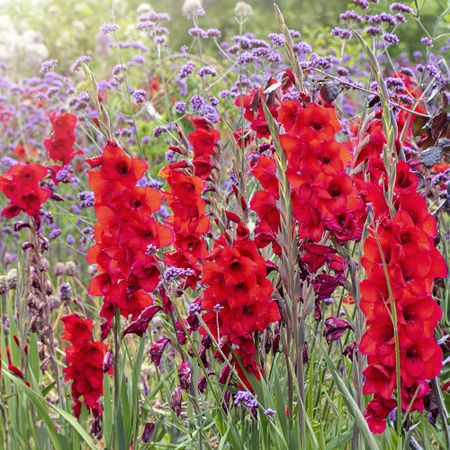 7 Summer-Blooming Bulbs To Plant In Early Spring: Don't Miss Months Of Glorious Flowers!
7 Summer-Blooming Bulbs To Plant In Early Spring: Don't Miss Months Of Glorious Flowers!Get a head start on stunning summer blooms with these easy-to-plant bulbs – act early and you will enjoy vibrant flowers that last for months on end.
By Mary Ellen Ellis
-
 Quick Fire Hydrangea – The Elegant, Easy-Care Shrub Every Gardener Needs In Their Landscape
Quick Fire Hydrangea – The Elegant, Easy-Care Shrub Every Gardener Needs In Their LandscapeIf you’re after an early flowering panicle hydrangea that offers plenty of floral variety, the Quick Fire hydrangea goes big on visual dynamics from early summer to fall
By Tonya Barnett
-
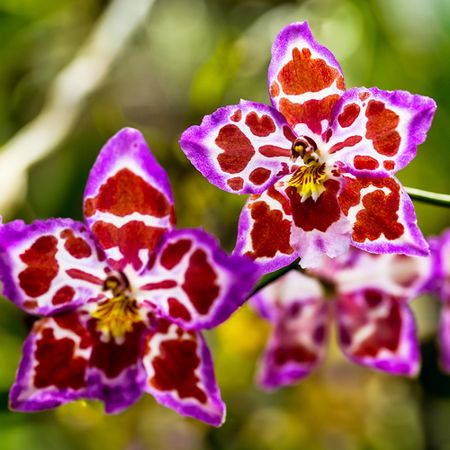 8 Rare Orchids That Make Stunning Houseplants – Some Are Surprisingly Easy To Grow
8 Rare Orchids That Make Stunning Houseplants – Some Are Surprisingly Easy To GrowDiscover unique orchids that will add exotic beauty to your home. Some make easygoing houseplants, while others offer a challenge for more seasoned growers.
By Melanie Griffiths
-
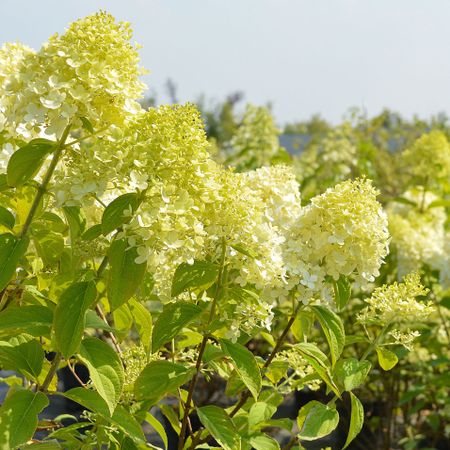 Grow Limelight Hydrangea Shrubs For Green Themed Displays And Brilliant Borders
Grow Limelight Hydrangea Shrubs For Green Themed Displays And Brilliant BordersIf you're a panicle hydrangea lover in search of flamboyant, long-lasting florals, knowing how to grow Limelight hydrangea shrubs will ensure gorgeous green blooms
By Mary Ellen Ellis
-
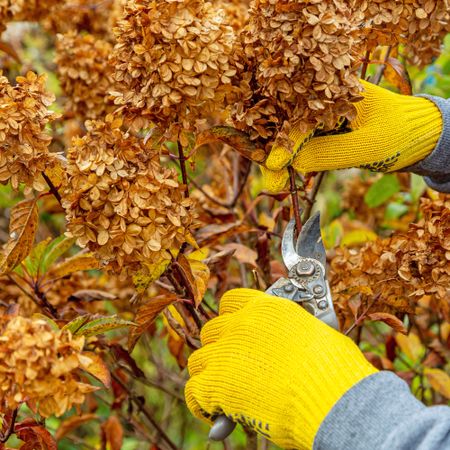 8 Flowering Shrubs You Must Prune Before Winter Ends For Maximum Blooms This Summer
8 Flowering Shrubs You Must Prune Before Winter Ends For Maximum Blooms This SummerMany summer-flowering shrubs should be trimmed before winter ends, so don’t wait. Get out there on a sunny day and prune your shrubs for more flowers and healthy growth in spring and summer.
By Mary Ellen Ellis
-
 7 Must-Sow Flower Seeds For February To Ensure A Dazzling Summer Garden
7 Must-Sow Flower Seeds For February To Ensure A Dazzling Summer GardenDon't let the cold weather stop you from realizing your growing ambitions. These stunning flowers can all be started indoors in winter for breathtaking results.
By Bonnie L. Grant

